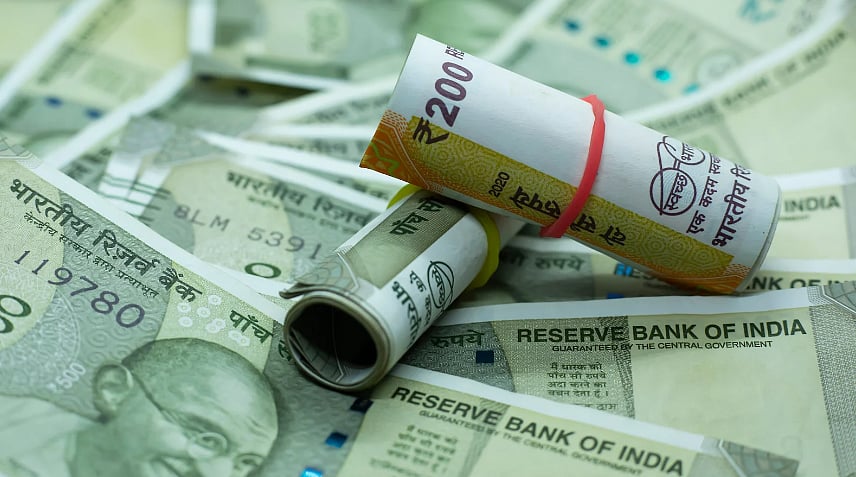Do you want to stop spending so much money at the grocery store? Here are the best ways to save money at the grocery store while still eating healthy.
Grocery shopping can be expensive, especially if you’re not aware of the sales techniques stores use. Once you know these tips and tricks, saving money at the grocery store becomes much easier.
Retail stores and online retailers put a lot of effort into their sales techniques to sell more products to you. Their goal is to make you buy as much as possible to maximize their profit. Luckily, my goal is to teach you how to save money when doing groceries.
Cooking your own meals is still the cheapest way to eat well. When you shop smarter, you might end up with a grocery bill of less than $70 per month, just like me! Today, I’ll share common ways stores encourage you to spend more, how to avoid these tricks, and how to save money effectively.
## Best Ways to Save Money at the Grocery Store
### 1. Meal Plan
Meal planning has had a huge impact on my life. We spend less time cooking, less time grocery shopping, eat more vegetables, waste less food, and save a lot of money.
Only buying what you know you will eat during the week prevents food waste and reduces daily trips to the store.
If you struggle with eating at home, try out the $5 Meal Plan. It’s an easy and convenient meal planning service that sends meal plans and grocery lists directly to your email for just $5 per month. Their meals cost less than $2 per person and save you a lot of time and money.
[Click here to try it out now for free!]
### 2. Make a Grocery List
Always start by making a grocery list. This simple step helps you avoid forgetting essential items and prevents impulse buys of things you don’t need.
Shopping with a list also helps if you’re unsure about what you already have at home, so you don’t end up buying duplicates or missing key ingredients.
### 3. Avoid the Middle Aisles
Grocery stores typically place fresh products like milk, bread, and produce at opposite ends of the store. This design encourages you to walk through more aisles, tempting you to pick up extra items.
To avoid overspending, stick to the outer aisles, where you’ll usually find the essentials you need. This helps you get in and out without wandering through unnecessary sections.
### 4. Never Shop Hungry
One of the most important tips I’ve learned: never go grocery shopping on an empty stomach. When you shop hungry, you tend to buy more than you need.
Make sure to eat before your trip, or go shopping on weekends when you have more control over timing.
### 5. Be Cautious with Free Samples
Free food samples can be tempting, but they may actually increase your hunger and make you buy items you don’t really need.
Try to avoid sampling food in the store, and stick to your grocery list for better savings.
### 6. Eat with the Seasons
Eating seasonal foods is a win-win. Seasonal produce tastes better, is more regional, and costs much less.
Buying out-of-season items usually means higher prices because they have to be transported greater distances.
### 7. Be Prepared for Store Layout Changes
Grocery stores often change their store layouts to make finding products less intuitive. The goal is to make you walk through more aisles and encounter products you might buy on impulse.
Stay focused on your grocery list and don’t get distracted by items that aren’t part of your plan.
### 8. Use Shopping Baskets When Possible
Many stores now only offer large shopping carts, which can lead to buying more than you need simply because you have space.
If possible, use a smaller basket for quick trips to avoid overbuying, or stick strictly to your list when using a big cart.
### 9. Don’t Buy Just Because It’s on Sale
Stores frequently run sales to attract customers, but buying items you don’t need just because they’re discounted can end up costing you more.
Only take advantage of sales if the products are ones you regularly use. Otherwise, stick to your planned purchases.
### 10. Avoid Buying Bottled Water
In most Western countries, tap water is safe to drink, so there’s no need to spend money on bottled water.
Consider investing in a water filter or a reusable filter bottle instead. This saves money and reduces plastic waste.
### 11. Avoid Brand Names
Generic or store-brand products are often made in the same factories as the branded ones but cost much less.
Don’t fall for paying more just because of a brand label—choose generic options to save money without sacrificing quality.
### 12. Remember: Eye Level Is Buy Level
Stores place their most expensive products at eye level because it’s what shoppers naturally notice first.
Look above and below eye level for less expensive alternatives, and keep in mind that products targeted at children are often placed lower down.
### 13. Precut Items Are Marked Up
Precut fruits, vegetables, and meat are convenient but come with a big markup and usually more packaging waste.
For example, precut carrots can cost nearly three times as much as whole carrots. Buying whole produce and prepping it yourself saves money.
### 14. Beware of Sale Items at Checkout
Many stores place small, sale items near the checkout line to tempt you while you wait.
Be mindful and avoid making impulse buys at the checkout, especially for things not on your list.
### 15. Watch for Pricing Tactics
Stores use several pricing tricks to make items appear cheaper:
– **Rounding down:** Items priced at $1.99 instead of $2 seem cheaper, even though the difference is minimal.
– **Bulk discounts:** Offers like “11 for $20” may sound like a deal, but only buy bulk if you truly need that quantity.
Make sure you’re buying what you need, not just what seems like a bargain.
—
By following these tips, you can shop smarter, avoid common retailer traps, and save money on your grocery bills without sacrificing the quality of your meals. Happy shopping!
https://radicalfire.com/save-money-grocery-store/


